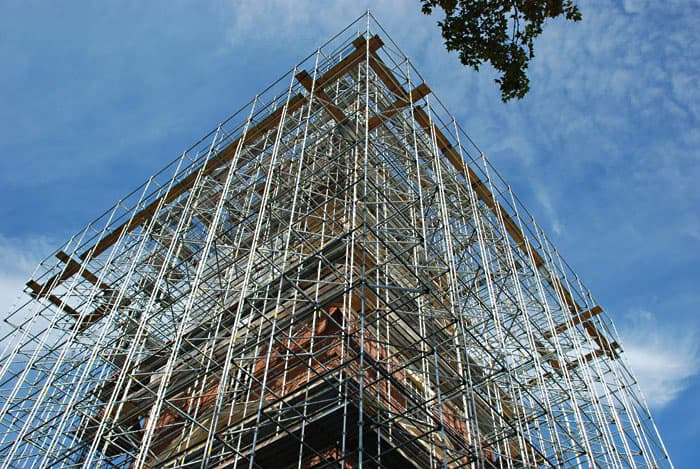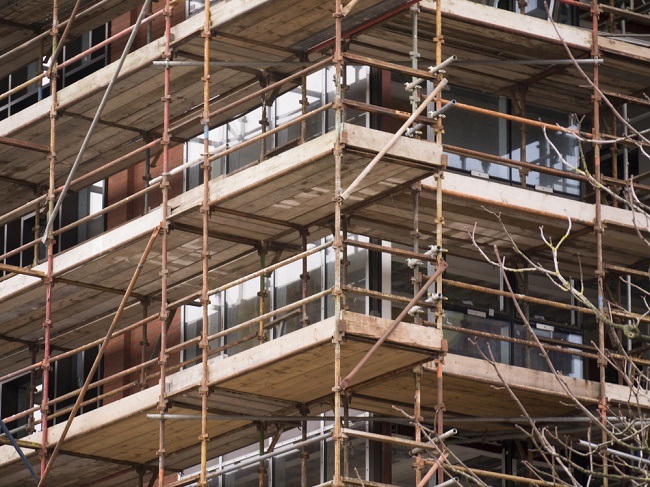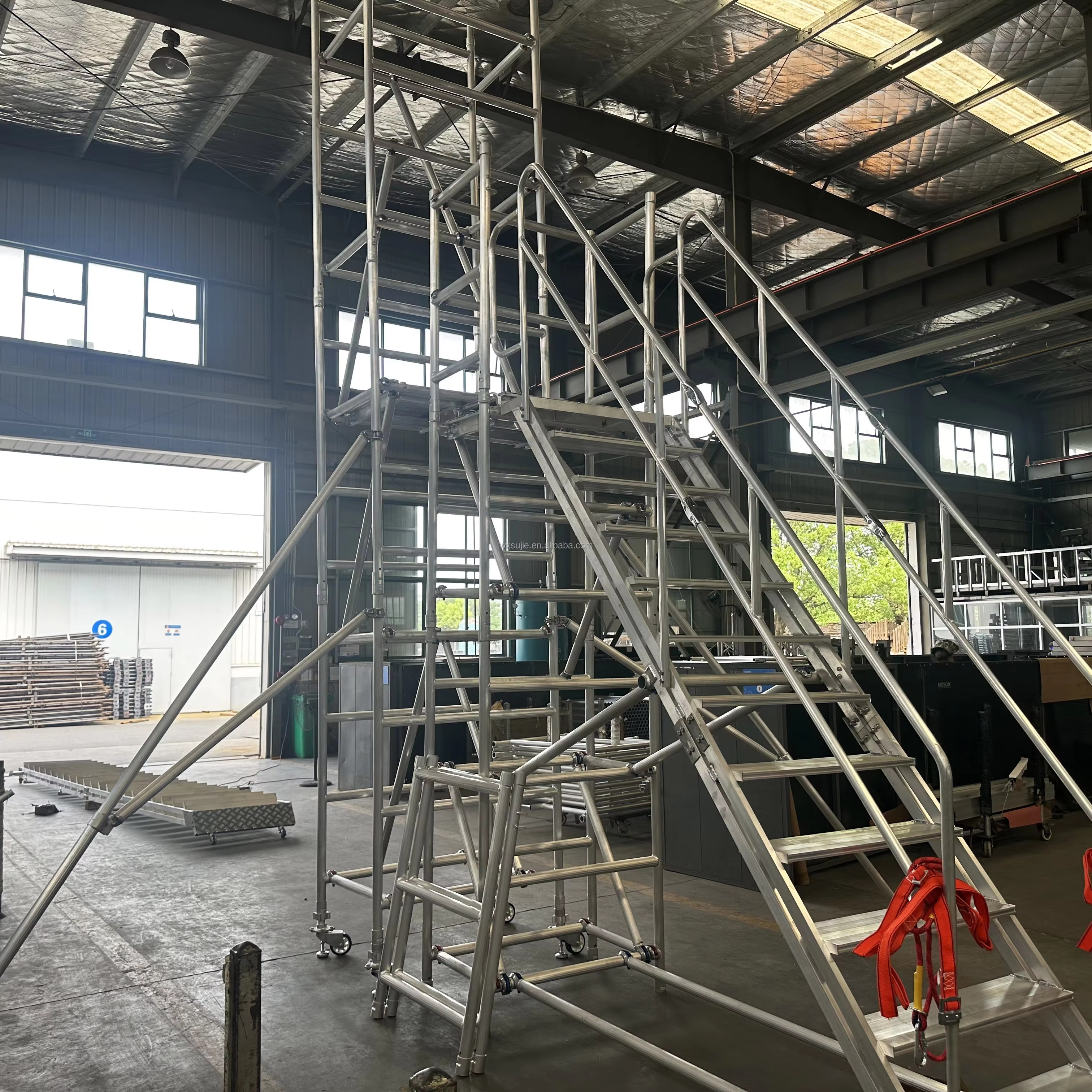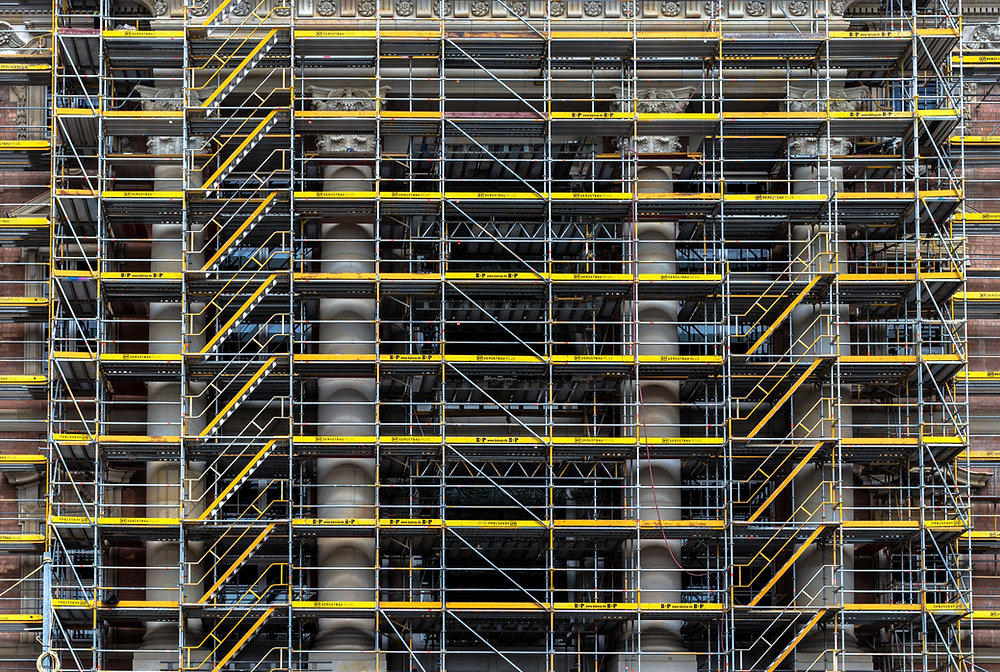-

The characteristics of disc-lock scaffolding commonly used in industrial projects include
1. Advanced Technology: The disc-lock connection method is the mainstream international scaffolding connection method. A reasonable node design ensures that the force transmission of each member passes through the center of the node. It is an upgraded product for scaffolding, with mature technolo...Read more -

What issues should be considered when purchasing and constructing disc-lock scaffolding
Disc-lock scaffolding is constantly evolving with urbanization, rapidly gaining popularity in the scaffolding materials market due to its convenience, efficiency, aesthetics, and practicality. When purchasing disc-lock scaffolding, it is recommended to choose larger manufacturers for better quali...Read more -

Disc-lock scaffolding is the preferred choice for high-load-bearing and large-span construction projects
Device-lock scaffolding, with its unique design and performance, has become the optimal solution for solving the challenges of construction projects involving towering structures, large spans, and complex terrain. In the export construction industry, construction projects involving towering struc...Read more -

Precautions for Erecting Industrial Mobile Scaffolding
(1) A solid surface should be selected for erection. It should be confirmed that the weather and surrounding power facilities will not affect the erection. All parts must be intact; any missing parts should be replenished or replaced promptly. (2) During erection, operators must be qualified and ...Read more -

How efficient is the erection of industrial disc-lock scaffolding
Disc-lock scaffolding is known as an upgraded version of traditional scaffolding, offering many advantages over conventional methods. Many contractors purchase scaffolding for their projects, generally focusing on price, quality, and delivery time. However, some customers are also concerned about...Read more -

The Main Functions of Industrial Scaffolding Construction
As a core auxiliary facility in the construction and related engineering fields, scaffolding’s core function is to provide safe and efficient working conditions for construction. Specifically, it can be broken down into four core functions, covering the safety and efficiency needs of the en...Read more -

What are the advantages of the industrial disc-lock scaffolding
Disc-lock scaffolding mainly consists of uprights, horizontal bars, and diagonal braces. Each component integrates specialized connecting parts. Connecting clamps on the horizontal and diagonal braces are fixed to the connecting discs on the uprights via pins. The connecting discs on the uprights...Read more -

How to Customize Scaffolding for Industrial Projects
Customizing scaffolding for industrial projects involves multiple aspects to ensure it meets construction requirements. The following are the main steps and key points for scaffolding customization: 1. Project Requirements Analysis: First, it’s necessary to clarify the specific needs of the...Read more -

What are China’s scaffolding export standards
China’s scaffolding export standards are highly mature and internationalized, forming the cornerstone of “Made in China” global trust. The standards primarily revolve around the main product: disc-lock scaffolding. Disc-lock scaffolding: A highly systematic “standard compo...Read more
